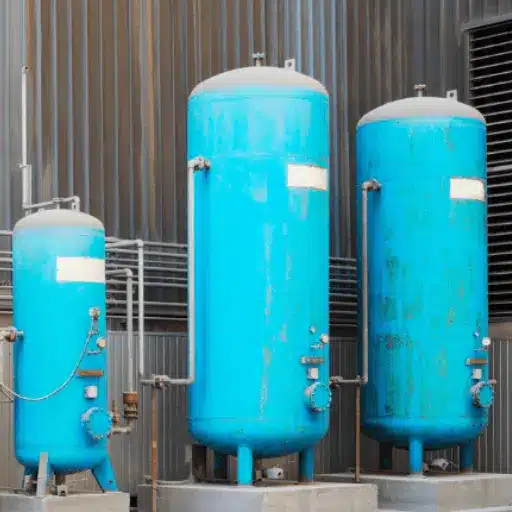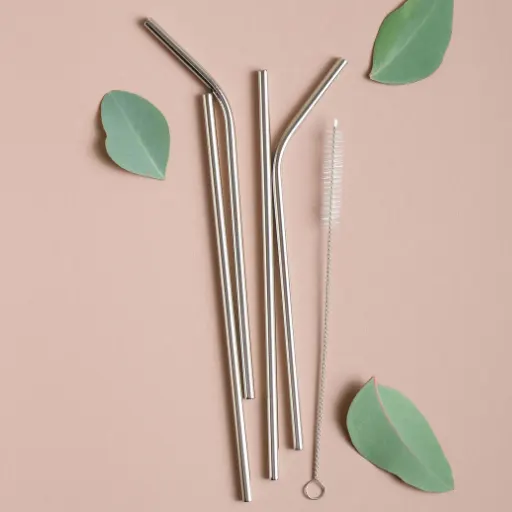
Pressure Vessels
Leading Pressure Vessel Manufacturer in India – Manufacturing unit at Kolkata. A trusted destination of many national and international EPC Contractors to source an entire range of Static & Mobile Pressure Vessels.
Our Pressure Vessels are available in horizontal & vertical options for different industrial applications.

We have a complete facility to design and manufacture a wide range of pressure vessels having a volumetric capacity range from 1000 Ltrs to 30,000 Ltrs.
Known for durability, less maintenance, easy operation and corrosion resistance, our range is in adherence with defined industry standards.
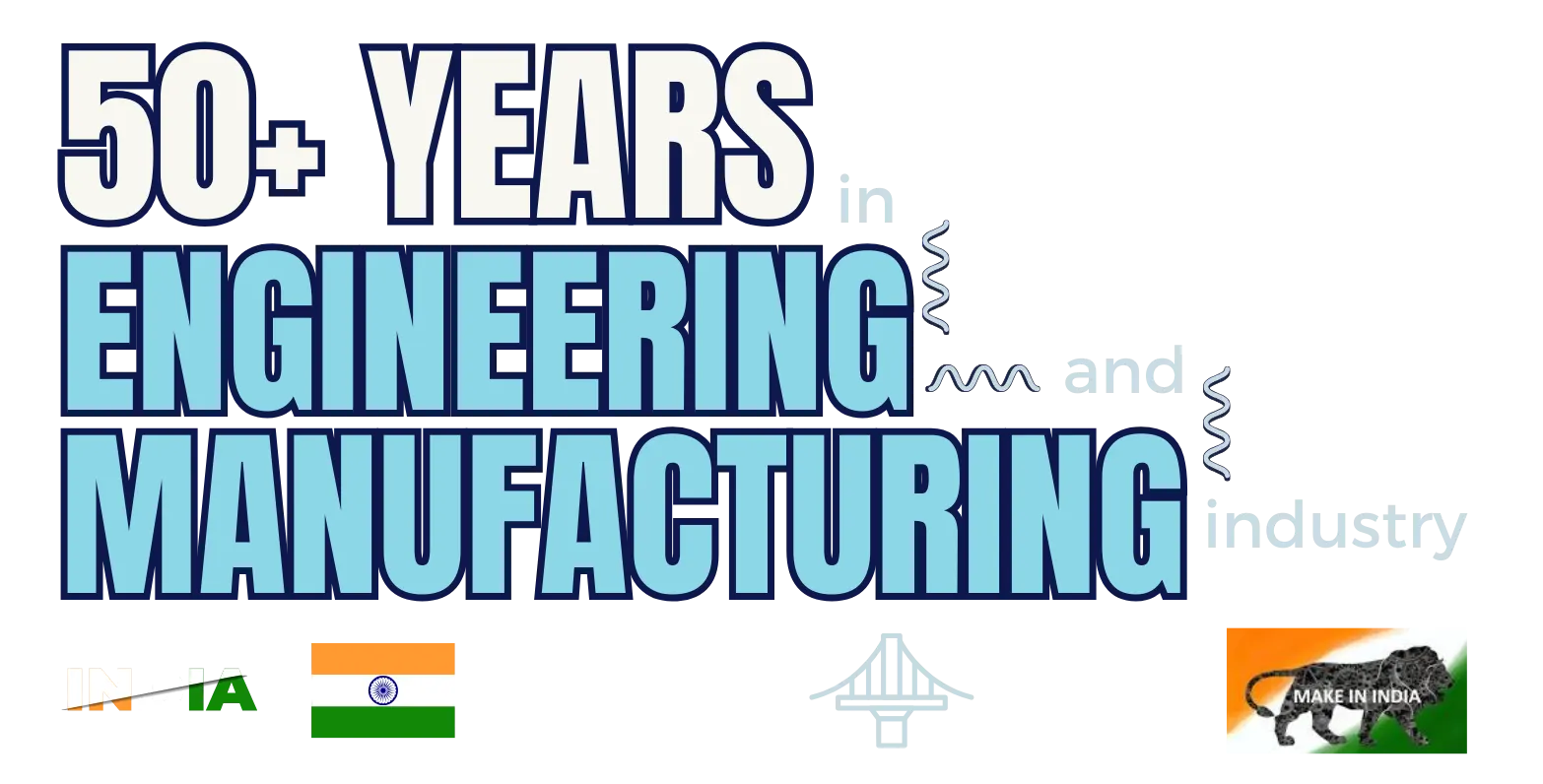

Timely Delivery
Delivery On time, every time through a structured Project Management Approach.
Quality
Quality Product & Process through a well defined and established QAP.
Competitive Price
Our proficiency and track record drive operational efficiency, enabling us to provide the industry's most competitive pricing.
What we offer as a Leading Pressure Vessels Manufacturer in India
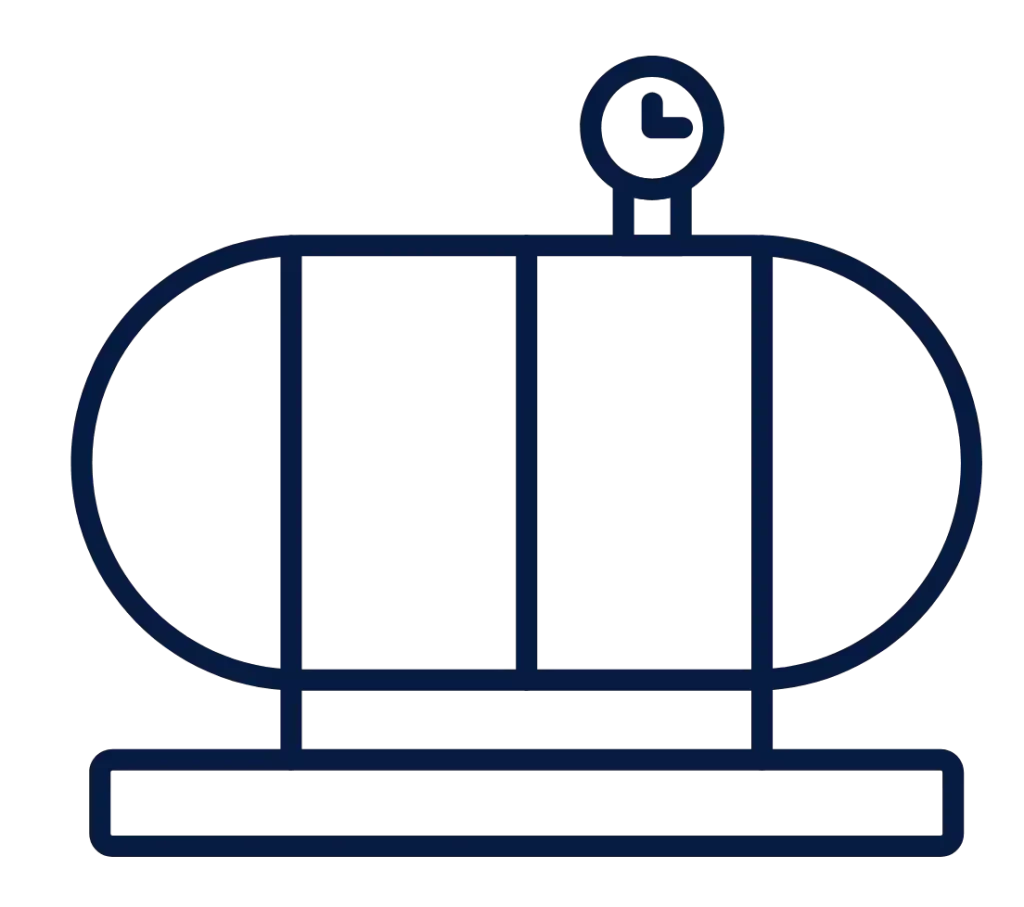
1.
Vertical and Horizontal Pressure Vessels
The Horizontal Pressure Vessel is a cylindrical shaped storage tank that is installed in a facility with its long axis parallel to the horizon. An example is an accumulator, it is used primarily as a receiving and collecting container for liquids and/or gaseous vapours and has no internal moving parts. On the other hand, orientation is vertical for Vertical Pressure Vessels. Such as Agitator Reactor Pressure Vessels.
Stainless Steel Pressure Vessels
High-quality Stainless Steel Pressure Vessels are available in many different sizes, specifications and industry specific purposes. Our SS Pressure Vessels are designed for performance and are made of different grades of stainless steel for long-lasting durability and enhanced process capacity. Stainless Steel Reactors, Stainless Steel Air Receiver, SS Storage Tanks and more as per customers' requirements.
Static and Mobile Pressure Vessels
Static & Mobile Pressure Vessels, commonly known as SMPV, are used for carrying inflammable & explosive goods. In India, manufacturing is guided by the Static and Mobile Pressure Vessels (Unfired) (Amendment) Rules 2021.
Carbon Steel Pressure Vessels
Among the raw materials of Carbon Steel Pressure Vessels, A-516-70 is the most widely used and is prominently used in petroleum, power stations, boilers, chemicals and other such industries. It maintains its strength to temperatures of 340 ºC and can be used to (-)45 ºC. Aefab Annapurna Engineering has the engineering and fabrication expertise to design and fabricate custom pressure vessels and reactors in carbon steel to meet your industrial needs.
Vessels for Specific Purpose
We fabricate and manufacture a wide range of Pressure Vessels for different applications. Few of them are the Gas Storage Vessels, Vessels for Water Treatment Plants, Vessels for Refrigeration & Cryogenic Applications, Vessels for the Shipbuilding Industry, Air Compressor Receiver Tanks, Surge Tanks, Accumulators, Blowdown Tanks, Flash Tanks, Expansion Tanks, Filter Vessels, Nitrogen Storage Tanks, Horizontal Ammonia Receivers, Vertical Ammonia Receiver Tanks, Separators and more.
Specifications - Pressure Vessels
Design Code: IS 2825, ASME Sec VIII Div. I, PD 5500, PED 97/23/EC, AD 2000-Merkblatt, EN 13445, PESO SMPV Rules 1981, API 650 or equivalent
Capacity: 1.5 KL to 30 KL (you get even beyond this standard range as per your process requirement)
Diameter: Up to 3 meters
Shell & Dished End Thickness: Up to 32 mm or more
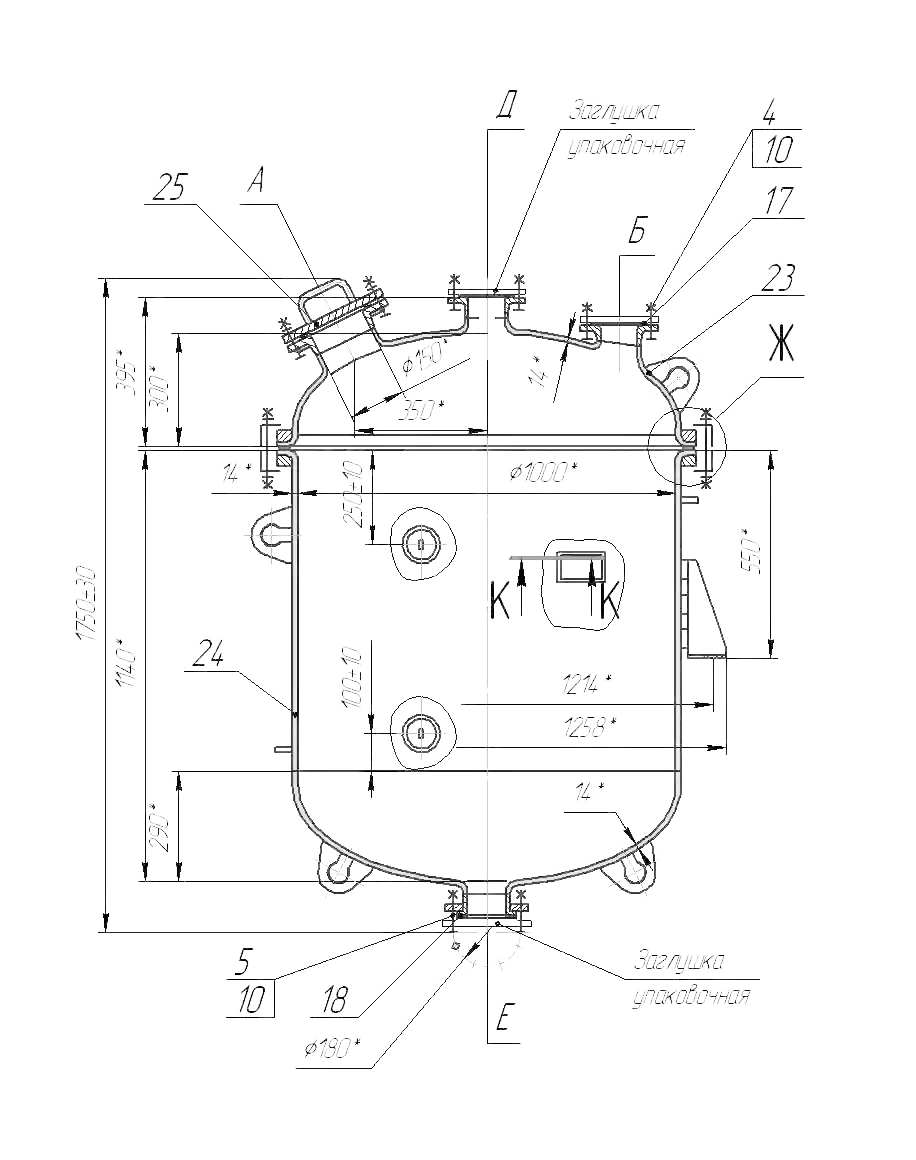
Weight: Upto 20 tons
Length: Up to 30 Meters, with suitable field joints.
Material of Construction
Carbon Steel: IS 2002, A 285 C, SA 516 grade 60/70, SA 537
Stainless Steel: SS 304, 304L, 309, 309S, SS 310, SS 316, 316L
Standard Design Pressure 140 Psig (9.5kg/cm2g), Hydro Test Pressure 210 Psig (15.0kg/cm2g). However, High-Pressure vessels can be customised.
Pressure Vessels - Features
- Competitive pricing
- Durability, long-lasting and leakproof
- Excellent finish. Quality tested with special attention to Arc Welding (SMAW) procedures.
- Precisely engineered, easy operation, easy to clean
- Special attention to corrosion resistance. Double coated painting for CS Vessels.
- All pressure vessels are stage-wise inspected as per relevant code requirements. Can be offered with Independent Third Party Inspection (TPI) by reputed agencies like Lloyds, DNV, BV, TUV etc.
- For each vessel, we provide a QC Dossier (Hydro test Report, Drawing, Material Test Report, Internal Inspection Report and Warranty Documents)
Pressure Vessels - Applications
Pressure vessels can be used for
Process applications:
- Process reactions
- Compressed storage
Industrial applications:
- Chemical industry, process plants
- Paint, Dyes, Rubber
- Textile
- Pharmaceutical industry
- Fertilizer, the pesticide industry
- Food Processing Industry, Brewery
- O&G: Refinery, petrochemical & natural gas processing industries
- Packaging

Our Related Products
Let's discuss
Have a Questions? Drop your enquiry Reach out to Us Have a Questions? Drop your enquiry Reach out to Us

Ample space for your big projects!
15,000+ sq ft area
7,000 sq ft covered and floored shed
8,000 sq ft open area
Gated compound with boundary wall
24-hour security and surveillance
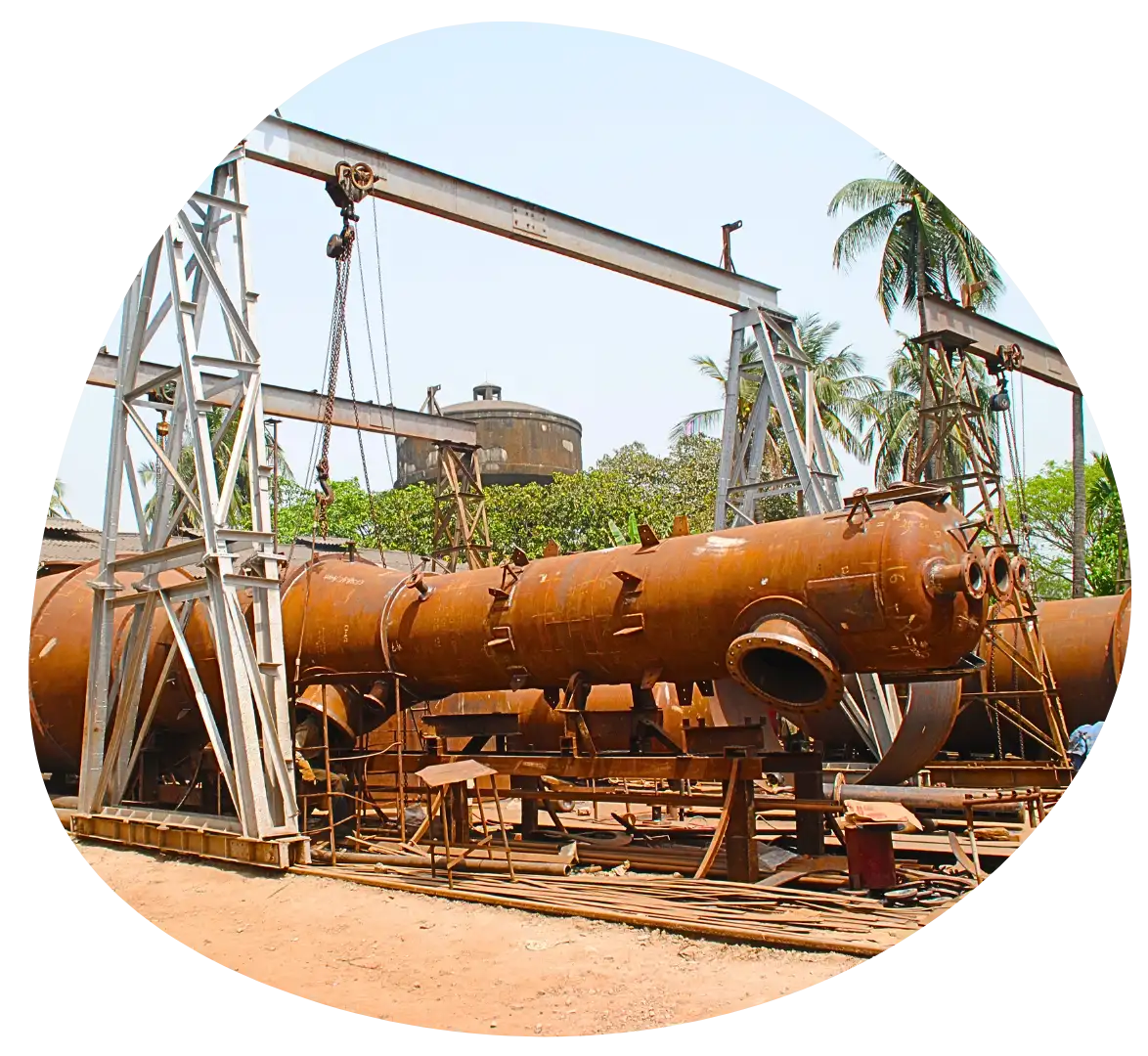
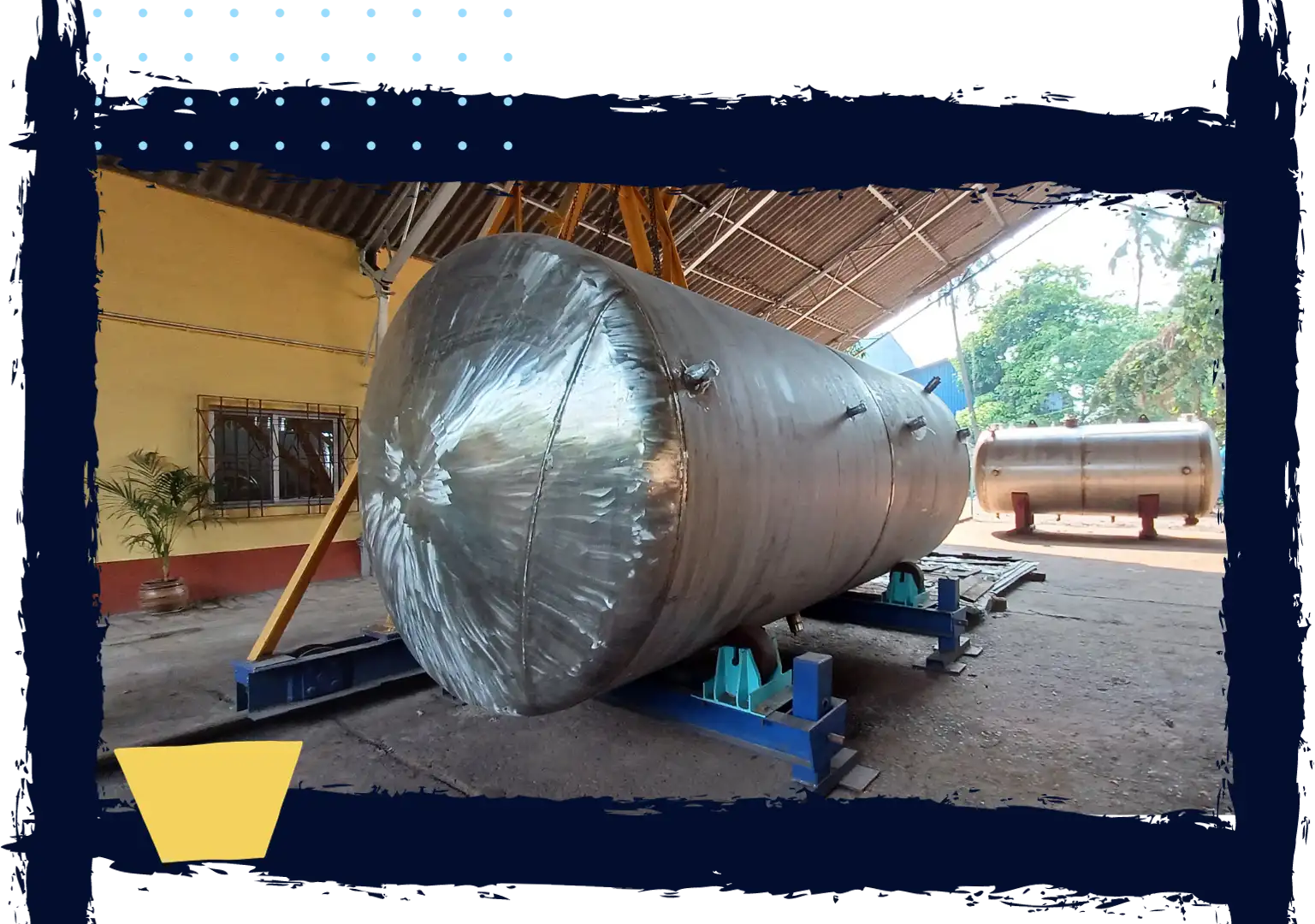
Manufacturing unit
- 2, Rabindranath Tagore Road, Dakshineswar Kolkata 700076, West Bengal, India
- 400 m from the nearest metro and railway station
- 7 km from the Kolkata Airport
Reach out to Us
If you have anything to talk about/enquire/need support, let us know. We will go through your requests and respond within 2 business days.
Speak to us or drop us a WhatsApp message


Brands who have trusted us over the years


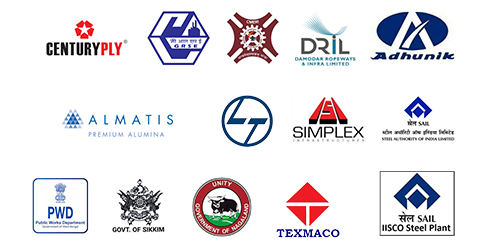
Explore to our Blog
Aefab – QUICK FACTS
Some more answers to your questions – FAQ
What are different types of pressure vessels?
Types of Pressure Vessels
Process tanks are designed to simply hold and store liquids.
Autoclaves use a combination of pressure and steam to produce or enhance chemical reactions. Examples include medical sterilization and rubber vulcanization.
High-pressure vessels offer the best corrosion, temperature and pressure resistance. They usually operate at pressure levels between 10,000 psi and 150,000 psi.
Typically, high-pressure vessels are made of stainless steel. Common high-pressure vessel roles include chemical reactors.
Heat exchangers are also a special type of pressure vessel. They transfer heat for applications in HVAC, chemical, power, petrochemicals and petroleum, sewage treatment and space heating. Usually, this heat transfer takes place between one solid object and one fluid, or between two or more individual liquids.
Storage vessels are designed to store contents under pressure in such a way that you can readily access them when they’re needed. Examples of storage vessels include propane tanks, gas tanks, hot water tanks and air compressor storage tanks.
Aefab Annapurna Engineering is a leading Pressure Vessel Manufacturer with decades of experience in Stainless Steel and Carbon Steel Pressure Vessel and Heat Exchanger Manufacturing.
What are the most vulnerable areas from where a pressure vessel fails?
Generally, pressure vessel failures occur due to corrosion, poor workmanship, wrong design, & poor maintenance. Failures mostly occur at
- Circumferential joints for welded end connections
- The face of the first flange, for a bolted flange connection
- Threaded joint in threaded connections
Aefab Annapurna Engineering is a leading Pressure Vessel manufacturer based in Kolkata, India, and manufactures different kinds of pressure vessels as per customers’ requirements.
What are the NDT Techniques for pressure vessels?
NDT Techniques for Pressure Vessels
Pressure vessels store toxic and hazardous gases which increases the hazard levels to the surroundings. To minimize this risk, non-destructive testing (NDT) techniques are being used during pressure vessel manufacturing and operations.
- For the detection of surface-level defects, the following NDT techniques are used:
Visual Testing
A common NDT method is the visual testing of the vessel to find out for the defects such as corrosion or any visible physical damage.
Visual testing requires good visibility, training and perfect eyesight of the inspector. The visual testing method has easy access to the surface.
Magnetic Particle Testing
Another NDT technique that is used to detect surface-sub-surface level defects is magnetic particle testing. This technique is only for materials that are ferromagnetic in nature, such as steel.
This NDT technique is easy to carry out, portable and inexpensive. Magnetic particle testing is used for detecting cracks, which are responsible for surface breakage of the material. It’s a two-stage process. First, a magnetic current is passed through the component. If there is any crack or defect present, it will interfere with the lines of magnetic flux. After that, magnetic particles are sprayed, which collect all the surface defects. The use of fluorescent magnetic inks can also be used for more visibility of particles.
Eddy Current Testing
A coil is placed near the pressure vessel surface and an electrical current is passed through it. This electric current will induce eddy current. If there is a defect on the vessel surface, it will hinder current flow. However, if the material of the vessel is non-magnetic, eddy current testing will give a measurement that will show the depth of the defect.
Dye Penetrant Testing
A penetrant, generally a red coloured die, is sprayed on the vessel surface to detect its surface flaws. To make defects more visible under UV light, a fluorescent chemical is also added.
This test is effective in case the defects are exposed to the surface.
- For internal defects of pressure vessels, the following NDT techniques are used:
Ultrasonic Testing
Ultrasonic testing requires a good surface finish to use high-frequency sound waves to detect cracks. The ultrasonic waves are reflected on the defects (cracks, blowholes, presence of external materials) and give data on wall thickness. It requires a coupling medium such as water or gel to function. An ultrasonic probe transfers sound waves through the component to detect defects.
Radiographic Testing
Here radiations are applied to the component, and any alteration in the material can be detected and recorded on the film.
Radiography is the most popular NDT technique as it can capture defects on the film and also provides a hard copy of it.
Appropriate NDTs are part of the good manufacturing processes for Shell and Tube Heat Exchangers, Air Compressor Tanks, Agitator Vessels, Reactor Pressure Vessels, Stainless Steel Vessels and many more.
Aefab Annapurna Engineering is a leading Pressure Vessel Manufacturer and uses appropriate NDT techniques during the manufacturing process to ensure quality.


